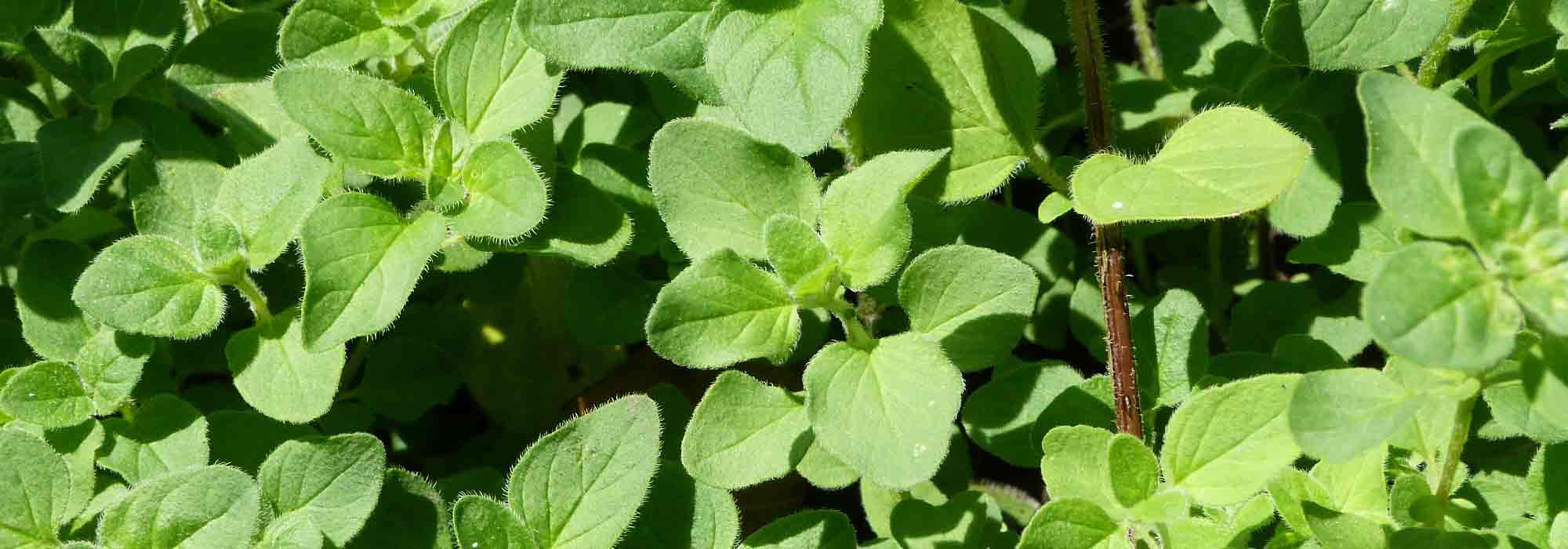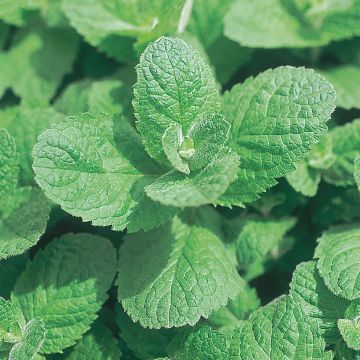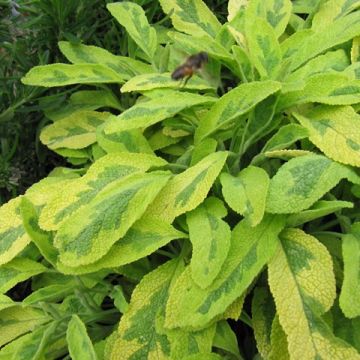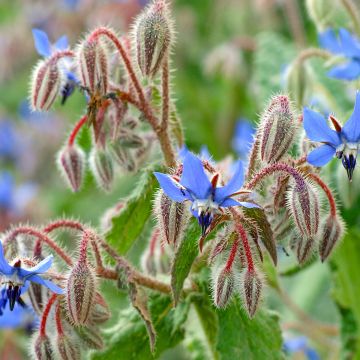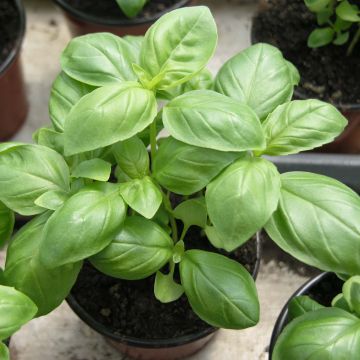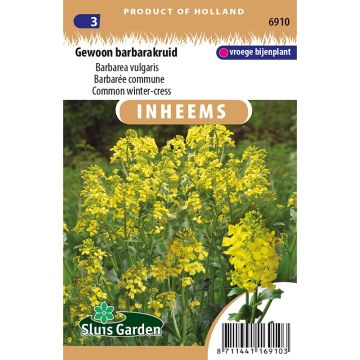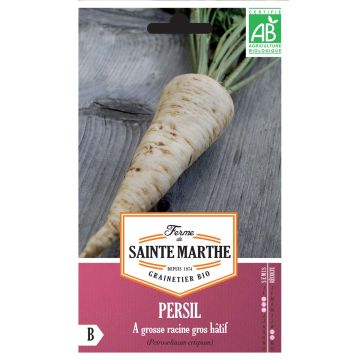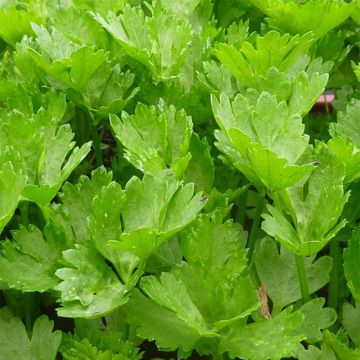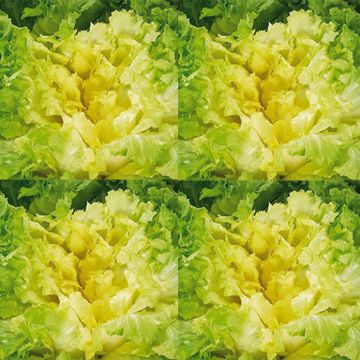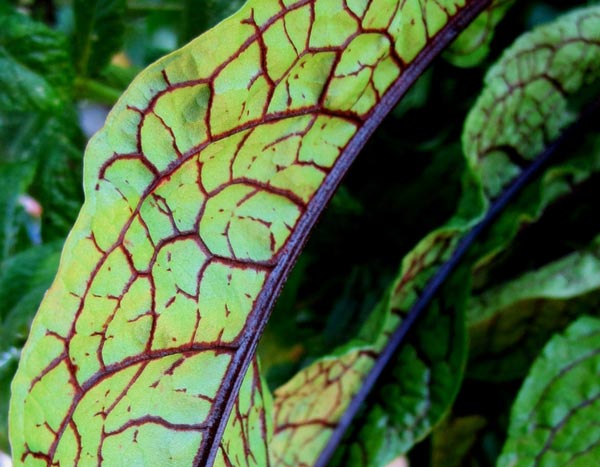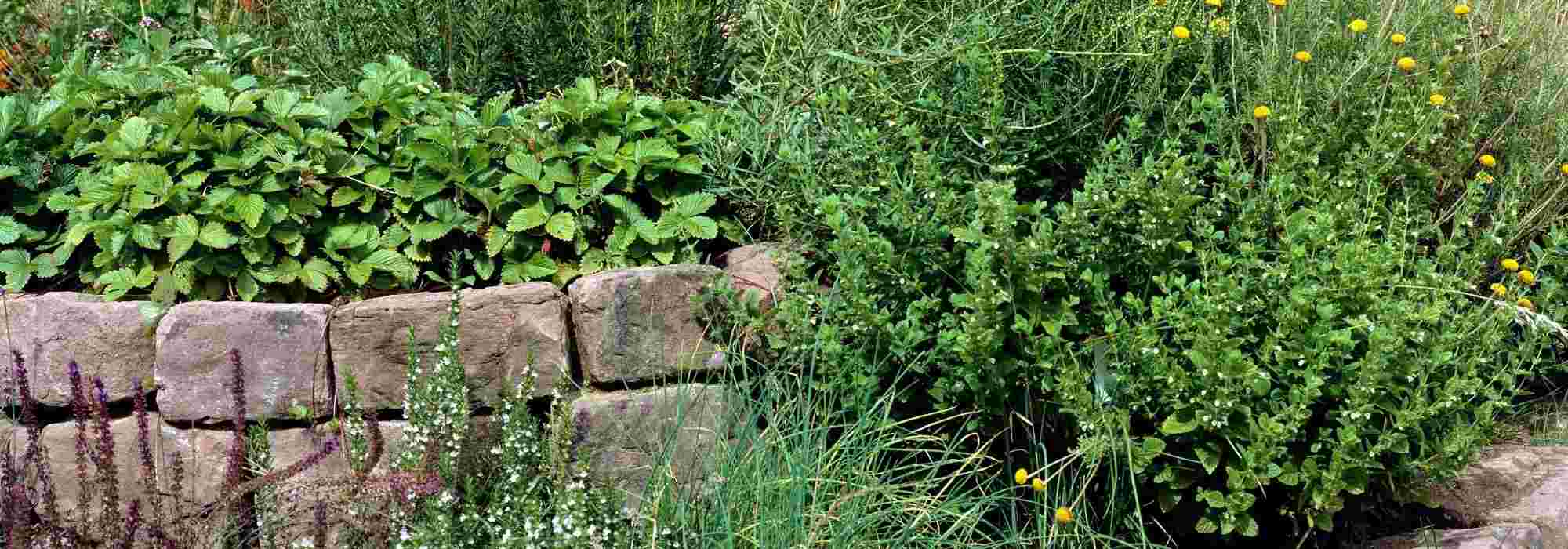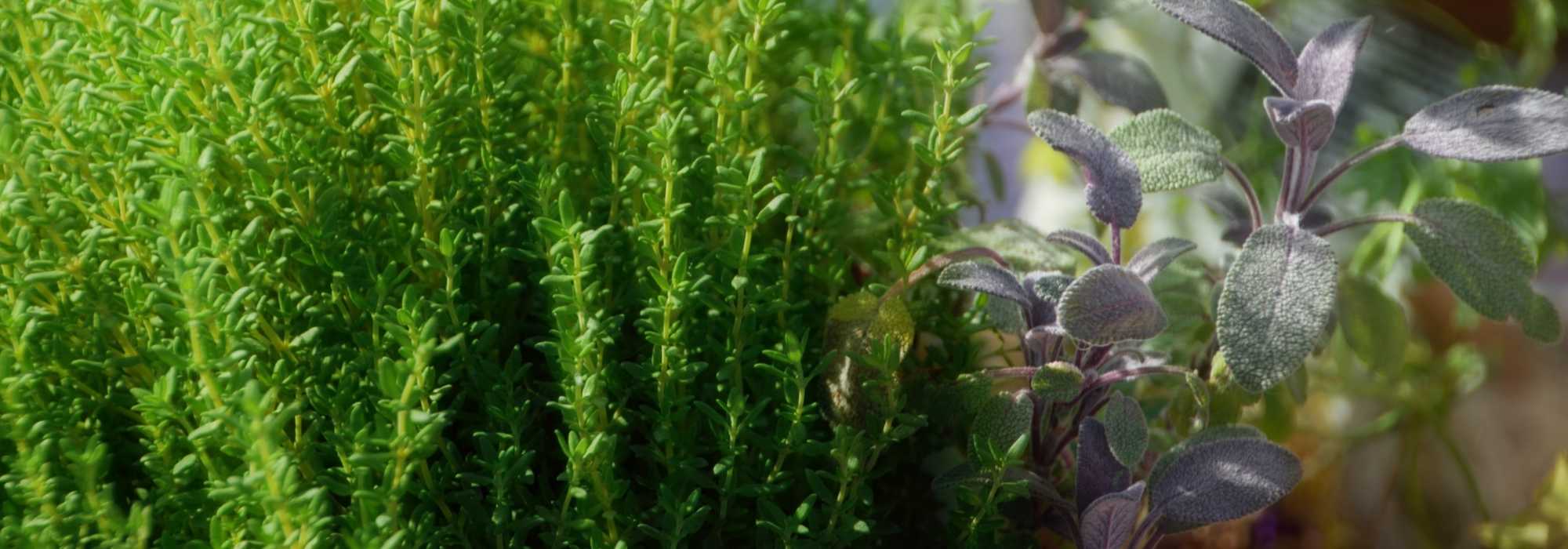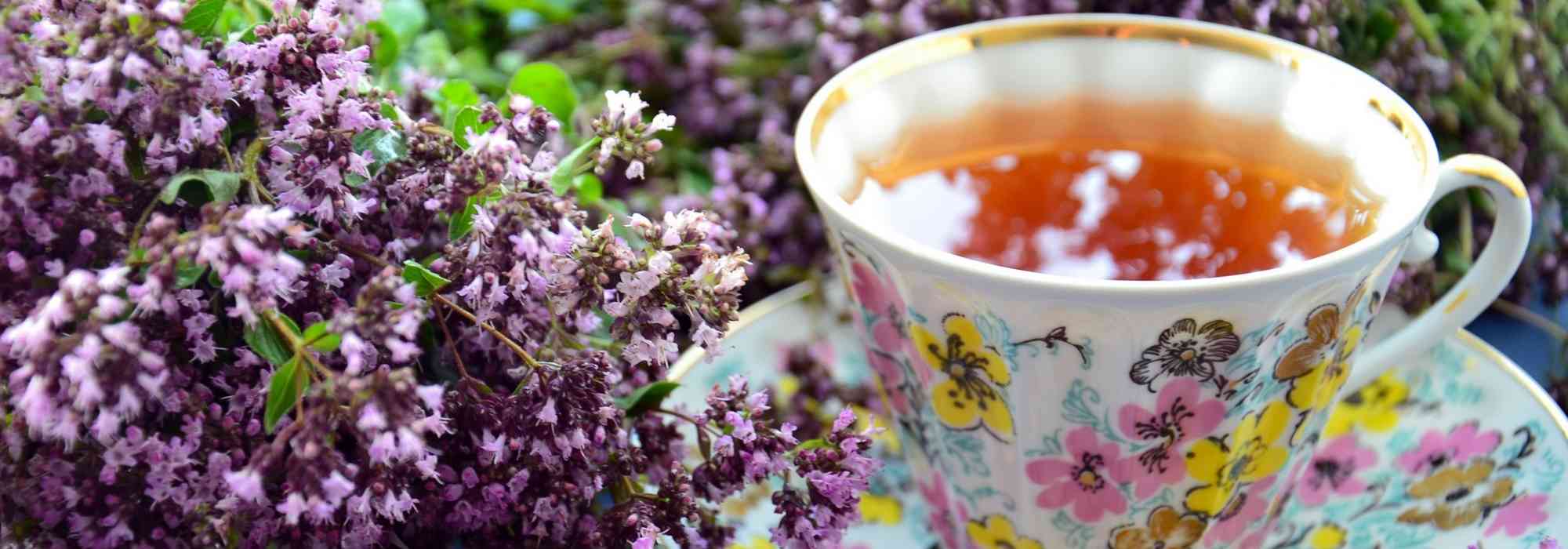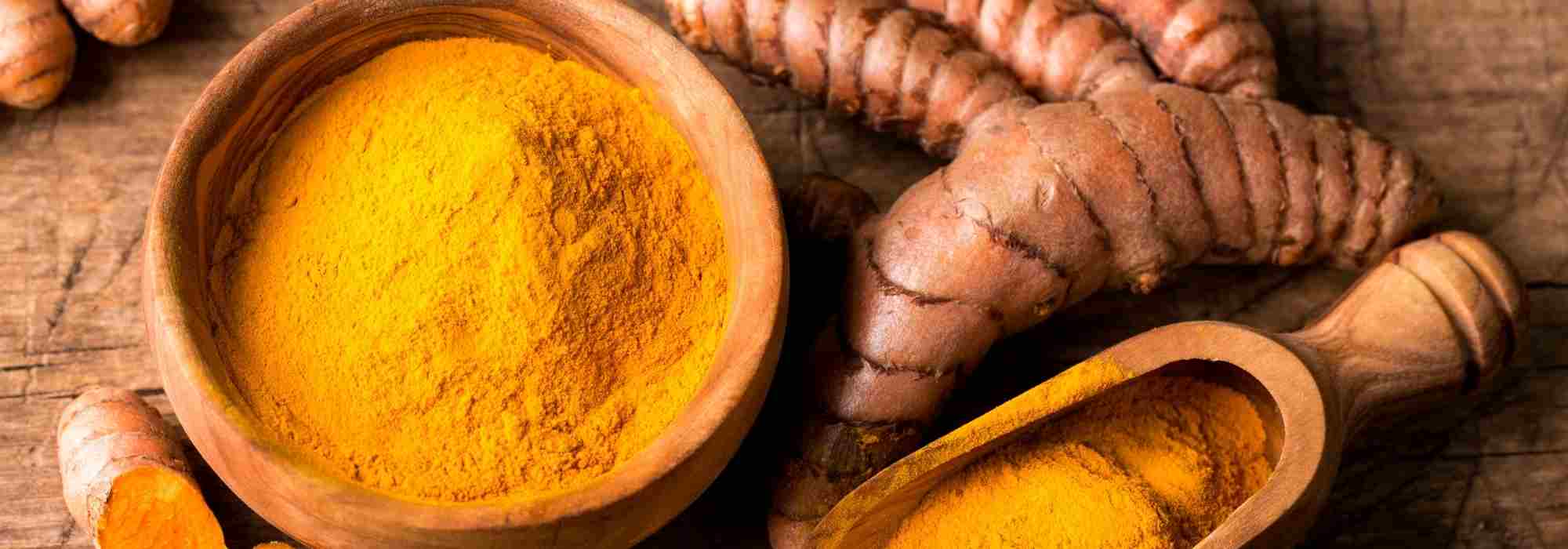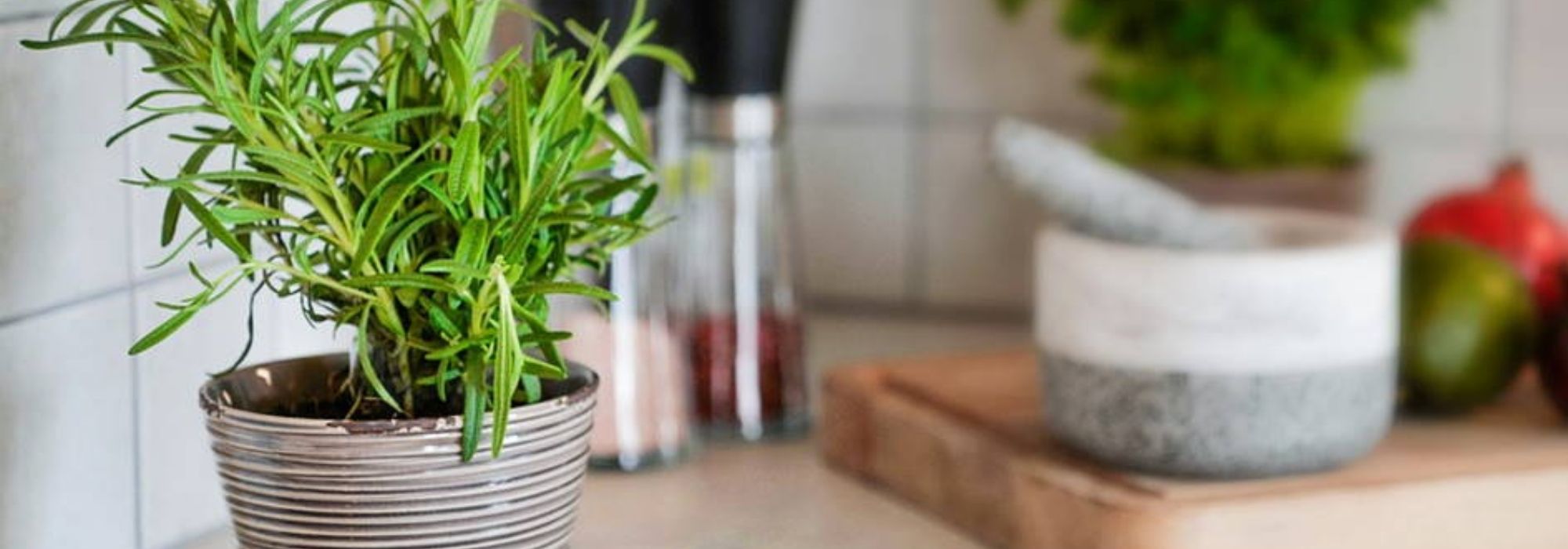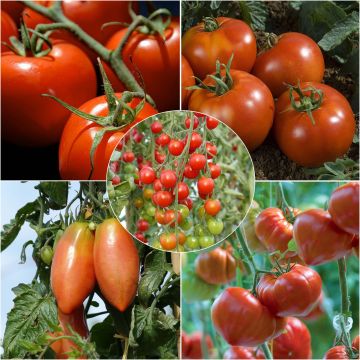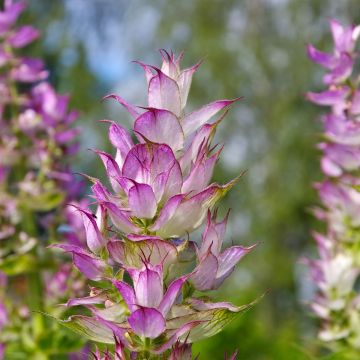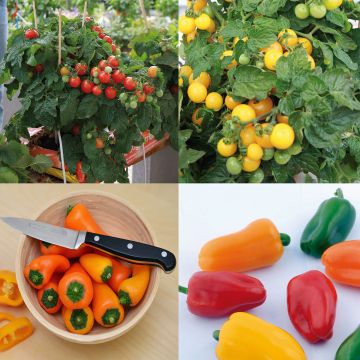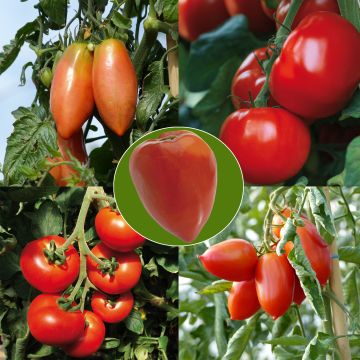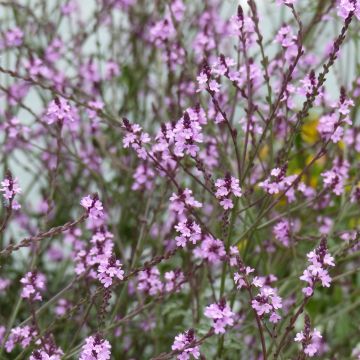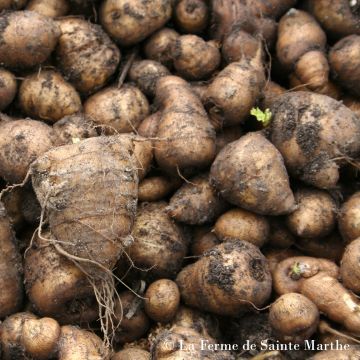

Origanum vulgare Aureum - Oregano
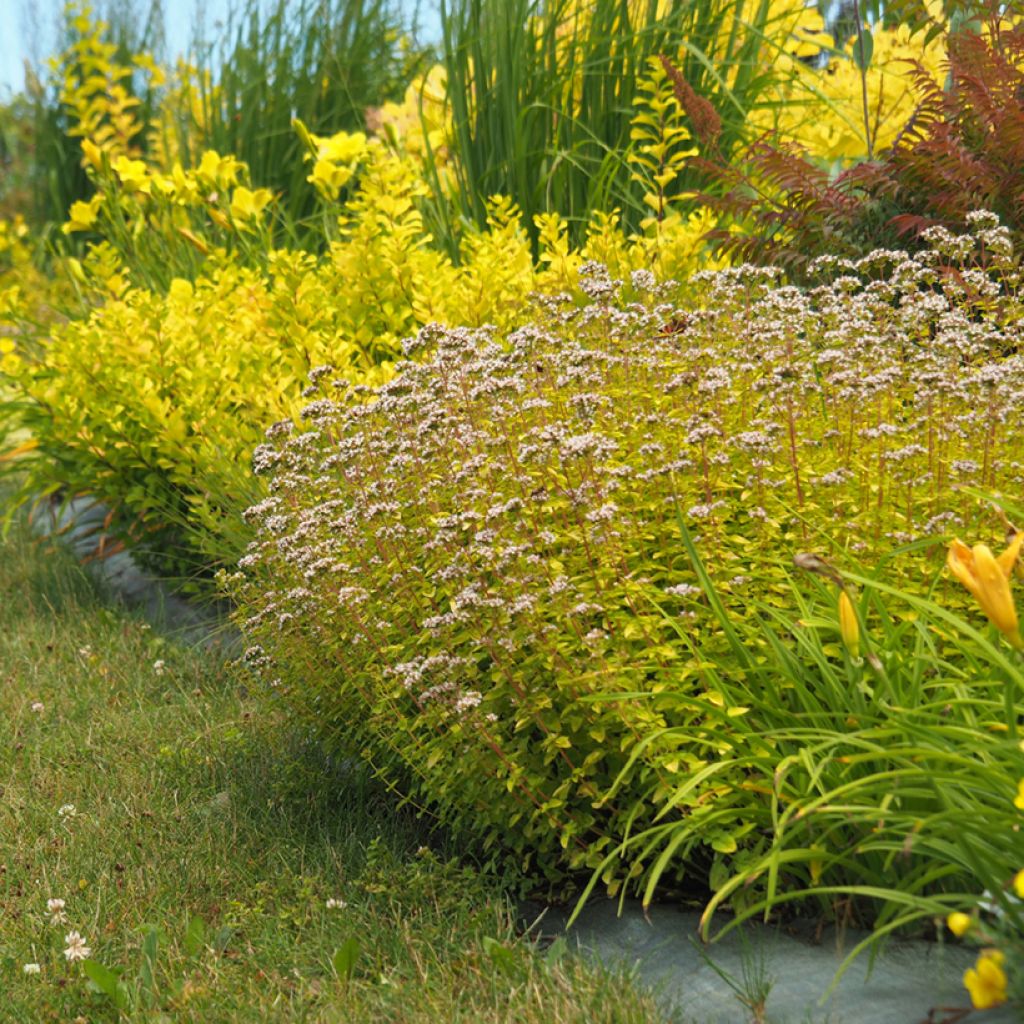

Origanum vulgare Aureum - Oregano
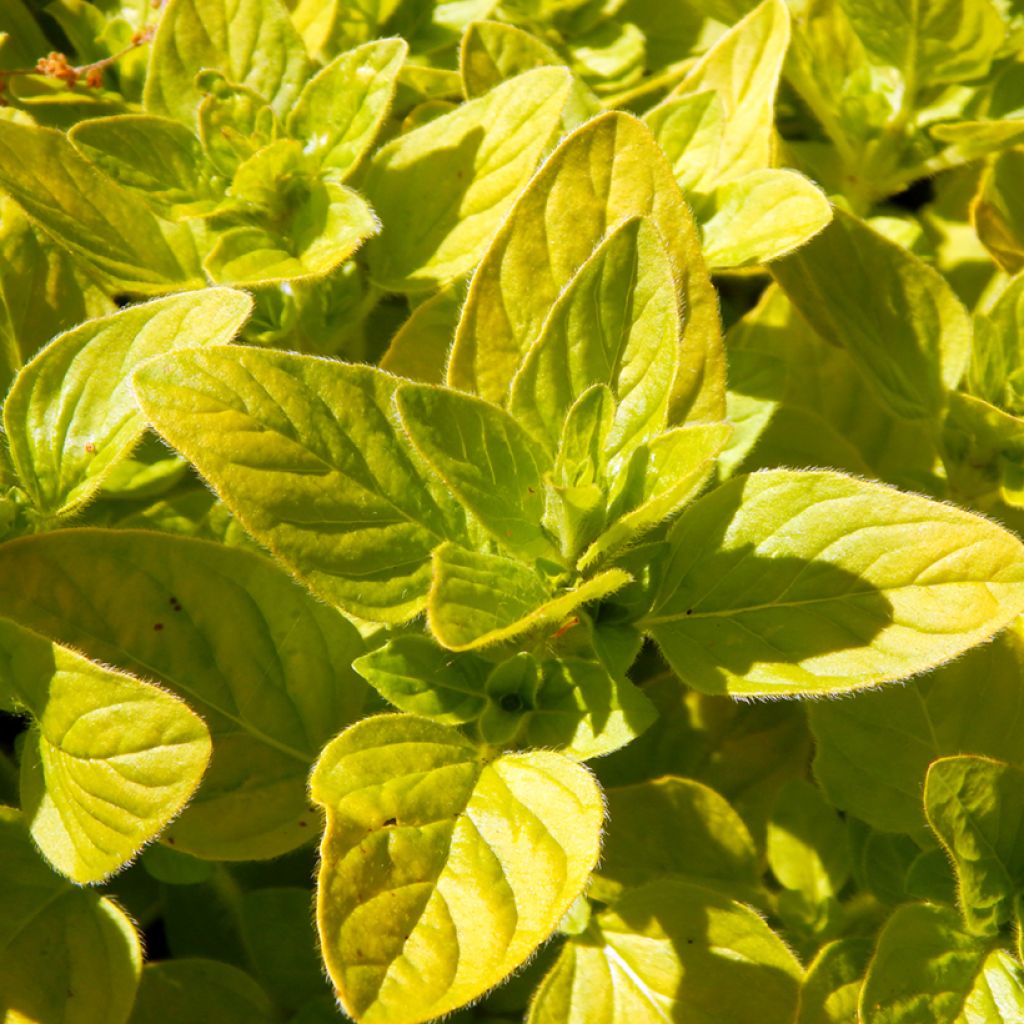

Origanum vulgare Aureum - Oregano
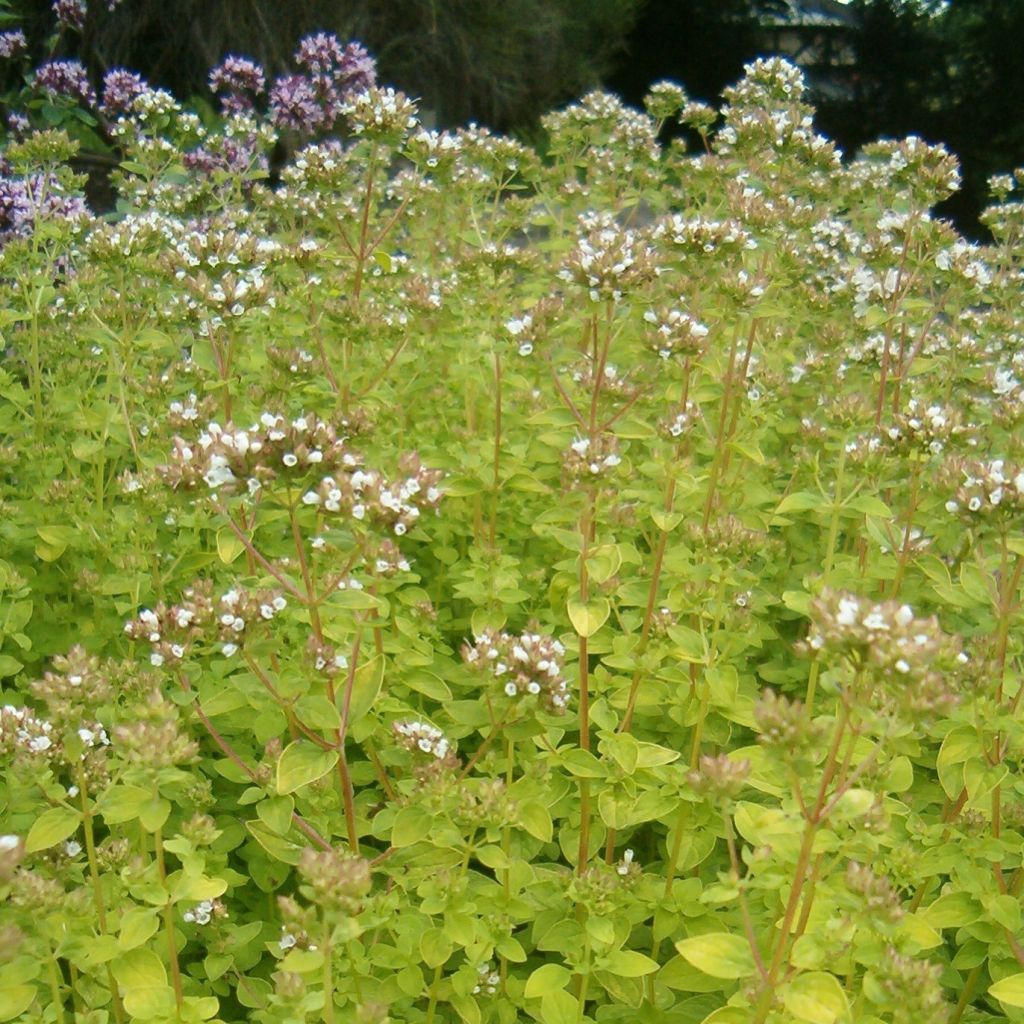

Origanum vulgare Aureum - Oregano
Origanum vulgare Aureum - Oregano
Origanum vulgare Aureum
Oregano, Wild Marjoram
Received in summer 2020, potted, it has endured 2 major heatwaves and is thriving, ideal for forming a tapetum in the sun.
Camille, 05/04/2022
Special offer!
Receive a €20 voucher for any order over €90 (excluding delivery costs, credit notes, and plastic-free options)!
1- Add your favorite plants to your cart.
2- Once you have reached €90, confirm your order (you can even choose the delivery date!).
3- As soon as your order is shipped, you will receive an email containing your voucher code, valid for 3 months (90 days).
Your voucher is unique and can only be used once, for any order with a minimum value of €20, excluding delivery costs.
Can be combined with other current offers, non-divisible and non-refundable.
Home or relay delivery (depending on size and destination)
Schedule delivery date,
and select date in basket
This plant carries a 12 months recovery warranty
More information
We guarantee the quality of our plants for a full growing cycle, and will replace at our expense any plant that fails to recover under normal climatic and planting conditions.

Would this plant suit my garden?
Set up your Plantfit profile →
Description
The Golden Oregano is a perennial plant with aromatic golden foliage that is very decorative. It is a creeping and non-invasive plant that quickly forms a beautiful dense cushion and displays clusters of small purple-pink flowers from July to September. It can be planted in ordinary to poor, even dry, well-drained soil, preferably in partial shade to fully enjoy its bright golden foliage.
Origanum vulgare, better known as Oregano or Marjoram, is an aromatic bushy perennial with rapid growth. It is native to mountainous regions of the Mediterranean Basin and temperate Asia, and belongs to the Lamiaceae family. As a culinary herb, Oregano evokes the flavors of Mediterranean cuisine and the scents of the scrubland. The 'Aureum' cultivar forms a compact clump with a woody stump, very robust, about thirty centimetres in all directions, forming a dense creeping mat with an upright and spreading habit. It has small rounded to ovate semi-evergreen leaves that are bright golden in spring and chartreuse in mid-summer. Although less aromatic than the species, its foliage is remarkably ornamental. From July to September, this Golden Oregano displays compound panicles of small tubular flowers, 2 to 4mm (0in) long, in pale pink, surrounded by green bract leaves tinged with purple-violet. This Oregano attracts a wide range of pollinators and beneficial insects as it is a nectar-rich plant.
The leaves of Origanum vulgare are used in many Mediterranean dishes. It is particularly renowned in Italy for enhancing pasta, tomato sauces, and pizzas. The harvest of Oregano stems takes place from May to October, which are then dried in the shade before being stored in an airtight jar. The flavour of the leaves can vary considerably depending on the cultivar, climate, and soil type. Golden Oregano, for example, is more valued for its ornamental qualities than its culinary qualities. An excellent robust and hardy ground cover, its golden foliage will brighten up garden borders or vegetable garden surroundings. In regions with hot summer climates, it is advisable to choose a partially shaded location during the hottest hours of the day. Indeed, its golden foliage will be less spectacular in full sun. This Golden Oregano is perfectly suited for border plantings, partially shaded rockeries, but it will also be remarkable for embellishing a wall or slope. It can also be planted in pots, containers, or planters on a terrace or balcony. Golden Oregano is ideal in a simple garden bed, in a vegetable garden, or in an herb garden. It makes a fabulous companion plant for perennial plants with blue flowers, Lavenders, Iris germanica, and Shrubby Salvias.
Oregano is not only a renowned culinary herb, but it also has medicinal properties. Indeed, it has digestive, antispasmodic, tonic, and antiseptic qualities... In ancient Egypt, Oregano was used in preparations for embalming the dead.
Origanum vulgare Aureum - Oregano in pictures
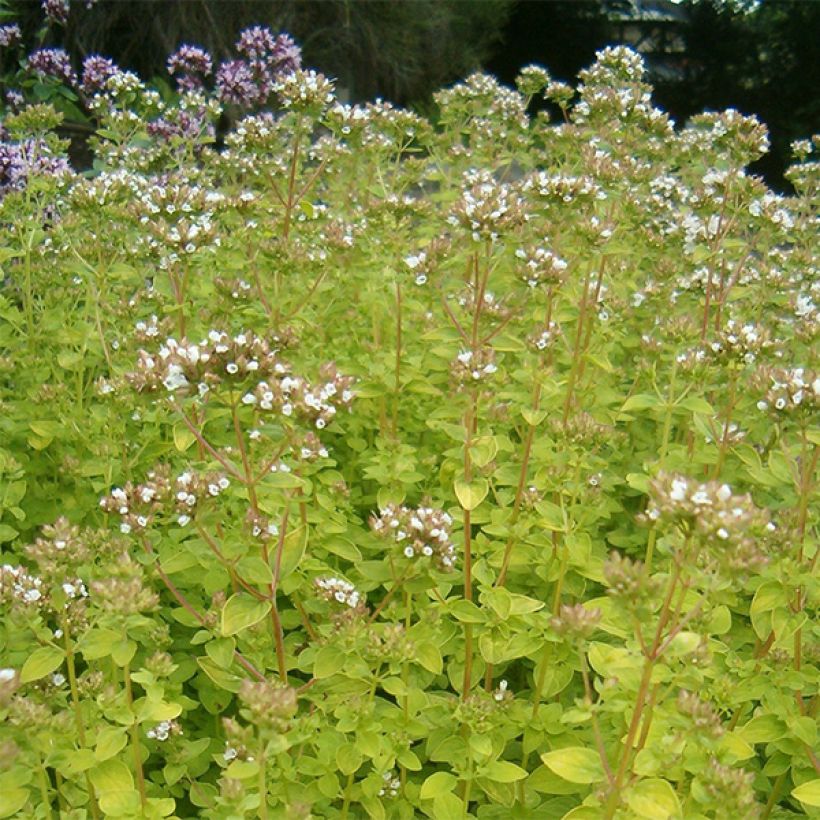

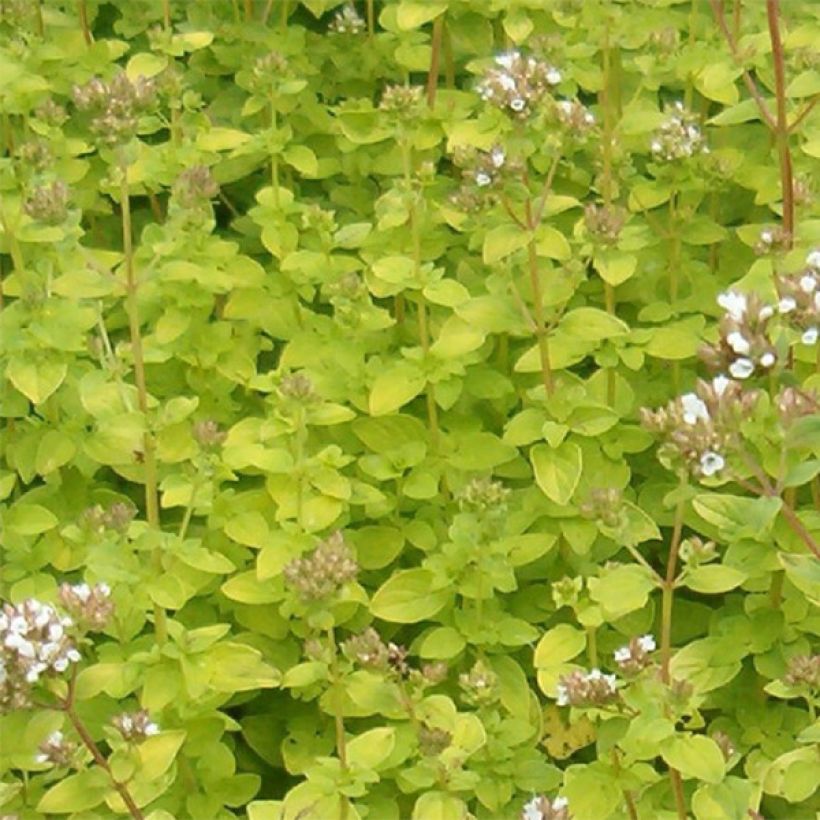



Flowering
Foliage
Plant habit
Botanical data
Origanum
vulgare
Aureum
Lamiacées
Oregano, Wild Marjoram
Mediterranean
Other Herbs A to Z
View all →Planting and care
Origanum vulgare 'Aureum' is a very easy plant, quite hardy, tolerating negative temperatures at least down to -15°C (5°F). It appreciates a sunny or semi-shaded exposure, preferring a partially shaded location so that its golden foliage is the brightest. This golden oregano, tolerant of drought, prefers a soil that is slightly to moderately fertile, sandy to gravelly, well-draining, alkaline to neutral, and rather dry. In poorly drained and overly wet soil, its roots will tend to rot. Dreading above all winter humidity, it is therefore advisable, in regions with humid winters, to ensure that its collar stays dry, thanks to the addition of coarse sand and gravel, straw, and dry dead leaves. Planting should be done in spring or autumn. Multiplication is done by dividing clumps in spring or autumn.
Planting period
Intended location
Care
Planting & care advice
-
, onOrder confirmed
Reply from on Promesse de fleurs
Similar products
Haven't found what you were looking for?
Hardiness is the lowest winter temperature a plant can endure without suffering serious damage or even dying. However, hardiness is affected by location (a sheltered area, such as a patio), protection (winter cover) and soil type (hardiness is improved by well-drained soil).

Photo Sharing Terms & Conditions
In order to encourage gardeners to interact and share their experiences, Promesse de fleurs offers various media enabling content to be uploaded onto its Site - in particular via the ‘Photo sharing’ module.
The User agrees to refrain from:
- Posting any content that is illegal, prejudicial, insulting, racist, inciteful to hatred, revisionist, contrary to public decency, that infringes on privacy or on the privacy rights of third parties, in particular the publicity rights of persons and goods, intellectual property rights, or the right to privacy.
- Submitting content on behalf of a third party;
- Impersonate the identity of a third party and/or publish any personal information about a third party;
In general, the User undertakes to refrain from any unethical behaviour.
All Content (in particular text, comments, files, images, photos, videos, creative works, etc.), which may be subject to property or intellectual property rights, image or other private rights, shall remain the property of the User, subject to the limited rights granted by the terms of the licence granted by Promesse de fleurs as stated below. Users are at liberty to publish or not to publish such Content on the Site, notably via the ‘Photo Sharing’ facility, and accept that this Content shall be made public and freely accessible, notably on the Internet.
Users further acknowledge, undertake to have ,and guarantee that they hold all necessary rights and permissions to publish such material on the Site, in particular with regard to the legislation in force pertaining to any privacy, property, intellectual property, image, or contractual rights, or rights of any other nature. By publishing such Content on the Site, Users acknowledge accepting full liability as publishers of the Content within the meaning of the law, and grant Promesse de fleurs, free of charge, an inclusive, worldwide licence for the said Content for the entire duration of its publication, including all reproduction, representation, up/downloading, displaying, performing, transmission, and storage rights.
Users also grant permission for their name to be linked to the Content and accept that this link may not always be made available.
By engaging in posting material, Users consent to their Content becoming automatically accessible on the Internet, in particular on other sites and/or blogs and/or web pages of the Promesse de fleurs site, including in particular social pages and the Promesse de fleurs catalogue.
Users may secure the removal of entrusted content free of charge by issuing a simple request via our contact form.
The flowering period indicated on our website applies to countries and regions located in USDA zone 8 (France, the United Kingdom, Ireland, the Netherlands, etc.)
It will vary according to where you live:
- In zones 9 to 10 (Italy, Spain, Greece, etc.), flowering will occur about 2 to 4 weeks earlier.
- In zones 6 to 7 (Germany, Poland, Slovenia, and lower mountainous regions), flowering will be delayed by 2 to 3 weeks.
- In zone 5 (Central Europe, Scandinavia), blooming will be delayed by 3 to 5 weeks.
In temperate climates, pruning of spring-flowering shrubs (forsythia, spireas, etc.) should be done just after flowering.
Pruning of summer-flowering shrubs (Indian Lilac, Perovskia, etc.) can be done in winter or spring.
In cold regions as well as with frost-sensitive plants, avoid pruning too early when severe frosts may still occur.
The planting period indicated on our website applies to countries and regions located in USDA zone 8 (France, United Kingdom, Ireland, Netherlands).
It will vary according to where you live:
- In Mediterranean zones (Marseille, Madrid, Milan, etc.), autumn and winter are the best planting periods.
- In continental zones (Strasbourg, Munich, Vienna, etc.), delay planting by 2 to 3 weeks in spring and bring it forward by 2 to 4 weeks in autumn.
- In mountainous regions (the Alps, Pyrenees, Carpathians, etc.), it is best to plant in late spring (May-June) or late summer (August-September).
The harvesting period indicated on our website applies to countries and regions in USDA zone 8 (France, England, Ireland, the Netherlands).
In colder areas (Scandinavia, Poland, Austria...) fruit and vegetable harvests are likely to be delayed by 3-4 weeks.
In warmer areas (Italy, Spain, Greece, etc.), harvesting will probably take place earlier, depending on weather conditions.
The sowing periods indicated on our website apply to countries and regions within USDA Zone 8 (France, UK, Ireland, Netherlands).
In colder areas (Scandinavia, Poland, Austria...), delay any outdoor sowing by 3-4 weeks, or sow under glass.
In warmer climes (Italy, Spain, Greece, etc.), bring outdoor sowing forward by a few weeks.






























